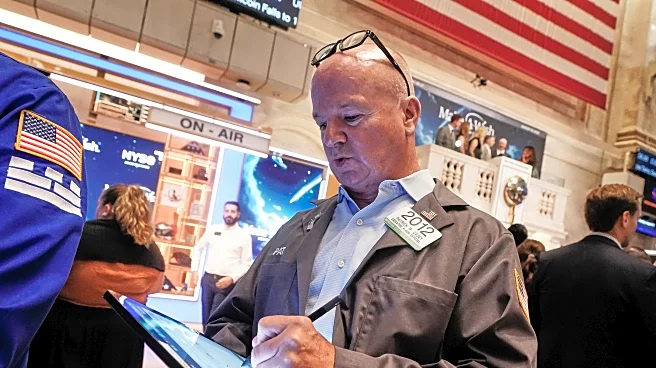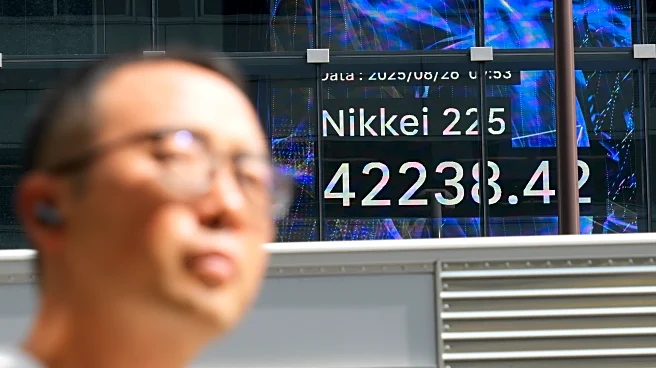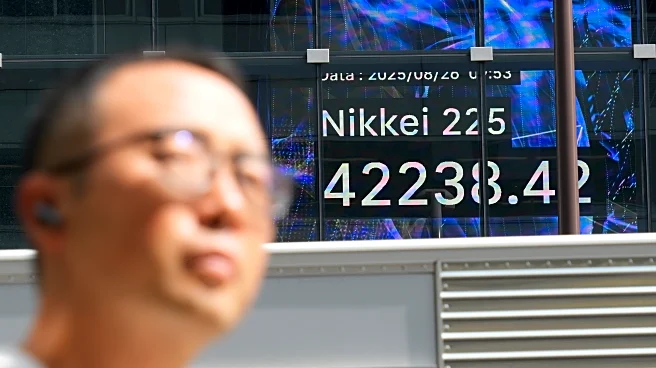What's Happening?
The Trump administration's immigration enforcement policies in 2025 have significantly impacted the U.S. economy, particularly fiscal policy and labor markets. The 'One Big Beautiful Bill Act' allocated $170.7 billion to immigration and border enforcement, diverting resources from infrastructure and education. This has led to labor shortages in sectors reliant on immigrant workers, such as agriculture and construction, driving up costs and affecting productivity. The administration's policies have also imposed steep fees on asylum applications, restricting access to social safety nets for immigrants.
Why It's Important?
The economic implications of these policies are profound, with labor shortages contributing to inflationary pressures. The Federal Reserve has warned of potential inflation similar to pandemic-era levels due to reduced workforce participation and rising wage pressures. The redirection of fiscal resources towards enforcement rather than economic stimulus risks long-term stagnation, particularly as demographic trends constrain labor force growth. These shifts have created both risks and opportunities for investors, with automation and workforce training emerging as key areas of interest.
What's Next?
Investors are advised to consider strategic positions for 2026, focusing on automation and AI in sectors like agriculture and logistics. Workforce development initiatives may offer resilience against policy shifts, while diversification and ESG-aligned strategies can mitigate risks associated with labor-dependent industries. The administration's budget consolidates federal programs into a single block grant, raising concerns about the impact on rural and underserved communities.
Beyond the Headlines
The aggressive enforcement policies raise ethical and social questions about the treatment of immigrant communities and the prioritization of border security over social welfare. The economic landscape shaped by these policies may lead to long-term shifts in labor market dynamics and investment strategies, with automation playing a crucial role in addressing labor shortages.













